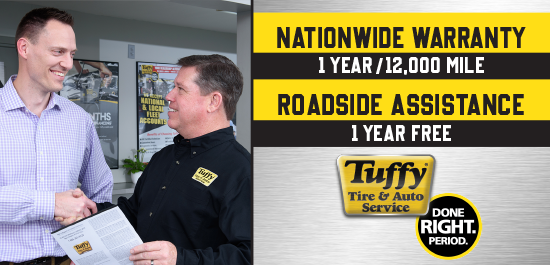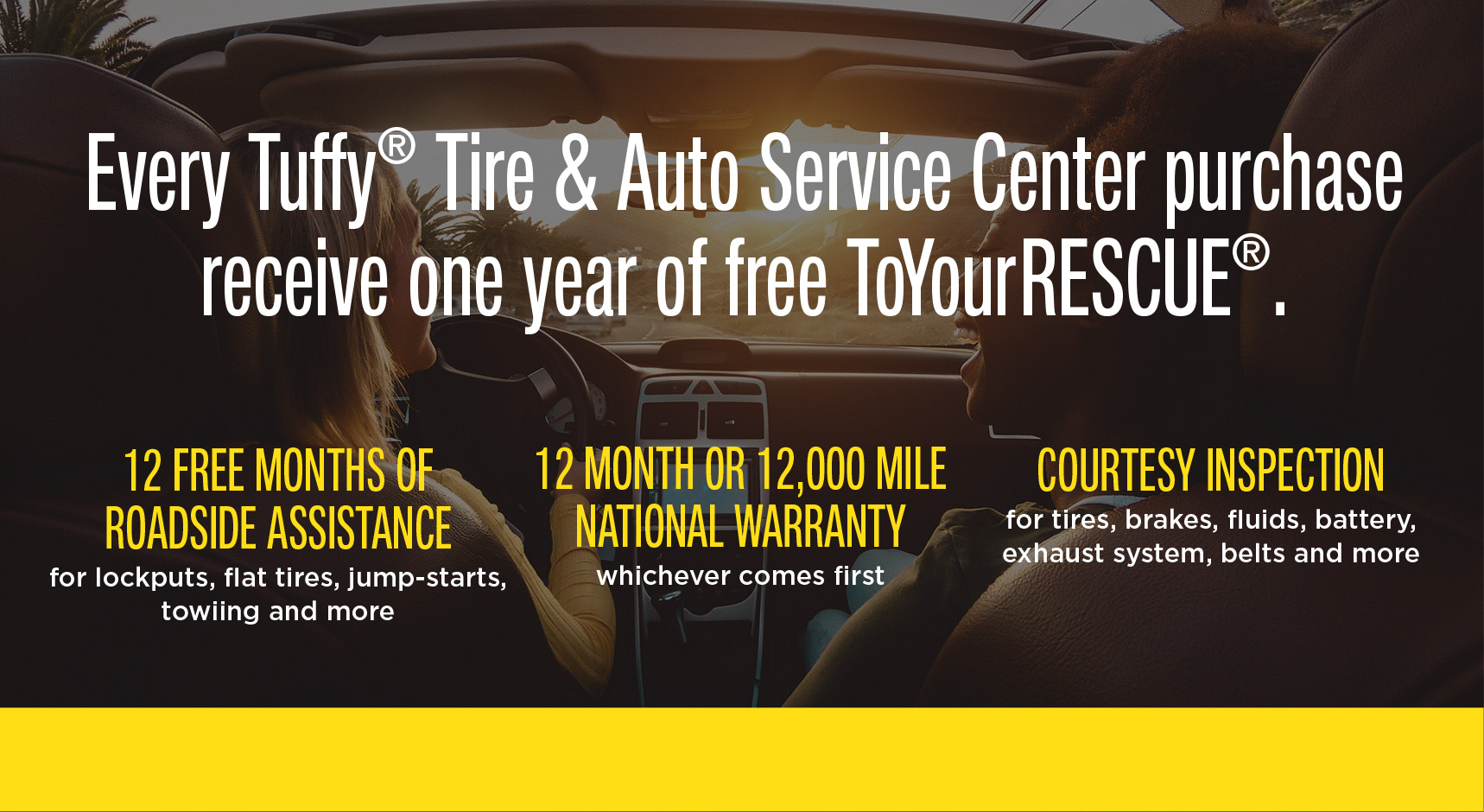| Something as basic as checking the oil can go a long way toward improving the safety and reliability of your vehicle, plus it helps avoid costly repairs down the road. The Car Care Council recommends 10 basic maintenance procedures to keep your car operating at its best: • Check the oil, filters and fluids. Oil should be checked at every fill-up, and for maximum engine life, it should be changed per the owner’s manual recommended intervals or every three months or 3,000 miles. Brake, transmission, power steering, coolant and windshield washer fluids should also be checked regularly. Your car’s filters, including those for the transmission, fuel system and interior ventilation, need regular inspection and replacement. • Inspect hoses at each oil change and have them replaced when leaking, brittle, cracked, rusted, swollen or restricted. Check V-belts and serpentine belts for looseness and condition, and have them replaced when cracked, frayed, glazed or showing signs of excessive wear. Typically replace the timing belt between 60,000 and 90,000 miles or the interval specified in the owner’s manual to avoid a breakdown or serious engine damage. • Check the engine brake system every year and have the brake linings, rotors and drums inspected at each oil change. • Check that the battery connection is clean, tight and corrosion-free. The battery should be securely mounted. If it is three years old or more, the battery should be tested and replaced if necessary. • Inspect the exhaust system for leaks, damage and broken supports or hangers if there is an unusual noise. Exhaust leaks can be dangerous and must be corrected without delay. • Schedule a tune-up that will help the engine deliver the best balance of power and fuel economy and produce the lowest level of emissions. • Check the car’s heating, ventilating and air conditioning (HVAC) system as proper heating and cooling performance is critical for interior comfort and for safety reasons, such as defrosting. • Inspect the steering and suspension system annually, including shock absorbers and struts, and chassis parts, such as ball joints, tie rod ends and other related components. • Check the pressure of all tires, including the spare, at least once a month. Check the tread for uneven or irregular wear and cuts and bruises along the sidewalls. Have your car’s alignment checked at least annually to reduce tire wear and improve fuel economy and handling. • Test exterior and interior lights and have bulbs that are not working checked immediately. Replace windshield wiper blades every six months or when cracked, cut, torn, streaking or chattering for optimum wiping performance and safety. The Car Care Council is the source of information for the “Be Car Care Aware” consumer education campaign promoting the benefits of regular vehicle care, maintenance and repair to consumers. For a copy of the council’s Car Care Guide or for more information, visit www.carcare.org . |
Tuffy
Menu




